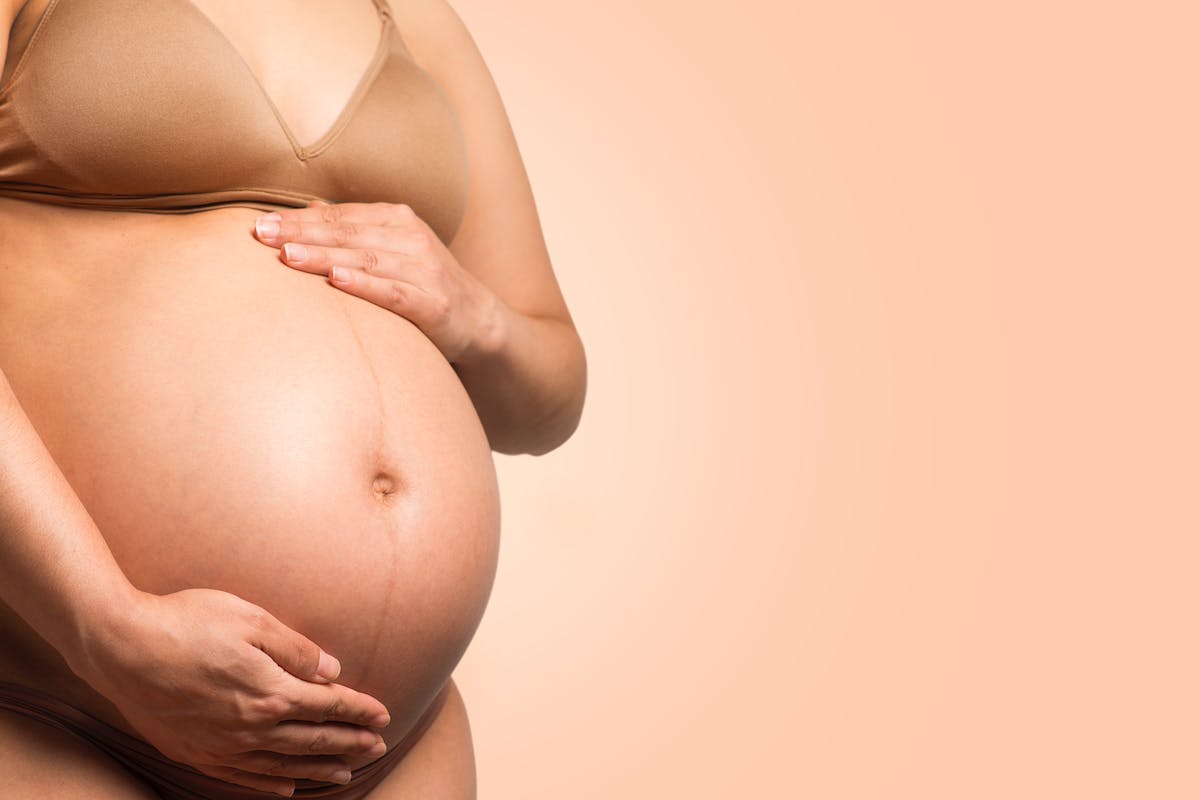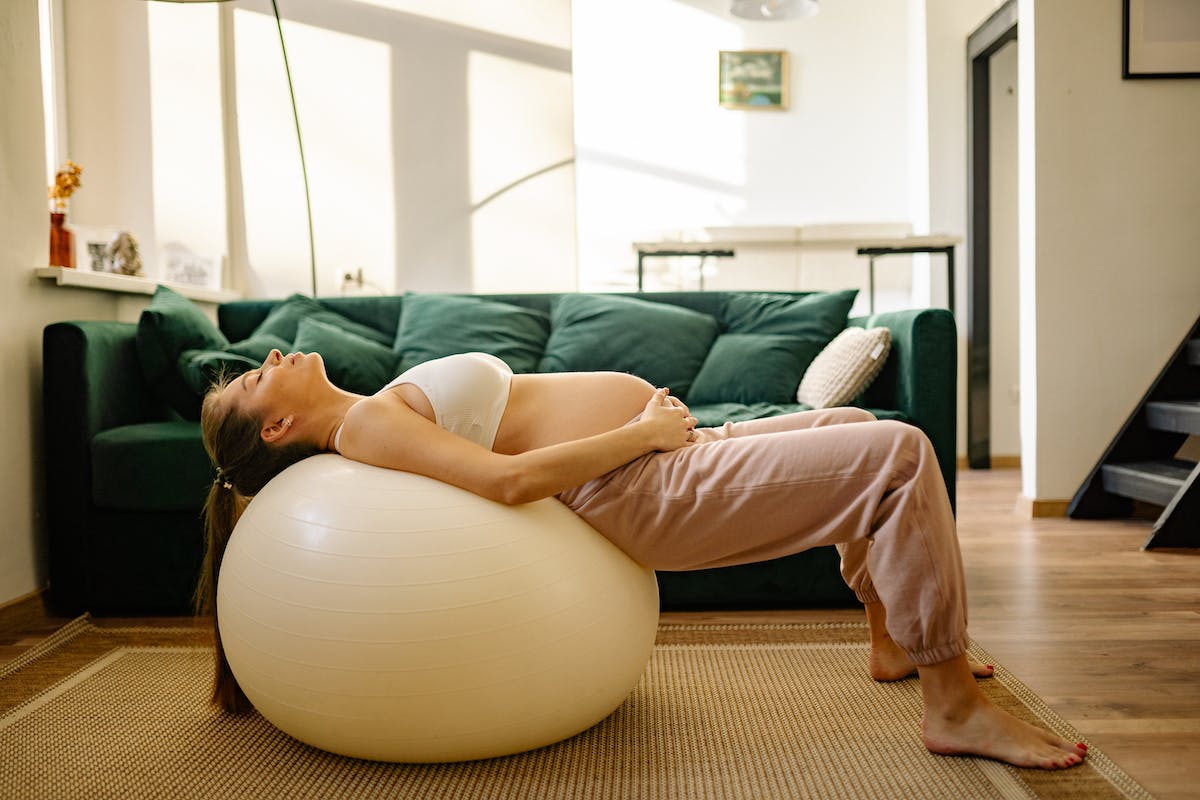Pregnancy often brings physical discomfort requiring orthopedic solutions. These solutions are crucial to enhancing comfort and overall wellbeing. This text discusses the importance of orthopedic support, common pregnancy-related orthopedic issues, and how to select suitable solutions. Navigating the multitude of orthopedic options may seem overwhelming, but the right insights can guide informed decisions to improve the pregnancy experience.
Understanding Orthopedic Changes in Pregnancy
In pregnancy, orthopedic changes occur due to factors like pelvic alignment shifts and hormonal effects. The pelvis realigns to accommodate uterus expansion, causing potential discomfort and mobility issues. Proper pelvic alignment can alleviate these issues, improving comfort and mobility. Hormones, specifically relaxin, are released, loosening pelvic ligaments. This flexibility aids childbirth but may cause joint and muscle instability and pain. Comprehending these changes is essential for expectant mothers’ well-being. Healthcare professionals, using this understanding, can offer suitable orthopedic solutions, responding effectively to the body’s transformations.
Importance of Orthopedic Support
Orthopedic support’s significance for expectant mothers stems from the physical strain of carrying additional weight during pregnancy, leading to discomfort and pain in the back, hips, and legs. Orthopedic solutions like maternity support belts and compression stockings offer benefits by evenly distributing the baby’s weight, reducing body strain, enhancing circulation, and lessening swelling. Ergonomic furniture, incorporating lumbar-supporting chairs and pregnancy pillows, alleviates back pain and relieves hip pressure. Adjustable mattresses further contribute to comfort by enabling expectant mothers to find optimal sleeping positions.
Identifying Common Pregnancy-Related Orthopedic Issues
Expectant mothers often face orthopedic issues due to increased physiological demands of pregnancy. Key issues include lower back pain, pelvic girdle pain, and carpal tunnel syndrome.
Lower back pain, common among pregnant women, results from a gravity center shift caused by the growing fetus. Remedies encompass posture improvements and low-impact exercises.
Pelvic girdle pain arises from hormonal changes softening pelvic area ligaments, leading to instability and discomfort. Management strategies include supportive belts and physiotherapy.
Carpal tunnel syndrome, triggered by fluid retention, induces numbness and tingling in hands. Wrist splints and specific exercises can alleviate symptoms.
Orthopedic care access for pregnant women is crucial for quality of life enhancement. Timely interventions, self-management education, and appropriate referrals effectively address orthopedic concerns. Understanding these issues promotes a healthier, more comfortable pregnancy.
Choosing the Right Orthopedic Mattress
Choosing the right orthopedic mattress can ease pregnancy-related orthopedic issues by offering balanced firmness and cushioning. It aligns the spine naturally, reducing joint pressure. A good orthopedic mattress lasts seven to ten years, maintaining support and comfort. It’s essential to replace an old, unsupportive mattress to prevent worsening orthopedic problems.
Quality sleep is vital and an orthopedic mattress aids in achieving deep, restful sleep by minimizing motion transfer and promoting a cool sleep environment. High-density foam, latex, or hybrid mattresses are typically beneficial for pregnant women due to these characteristics.
The best orthopedic mattress suits individual preferences and needs. Factors like sleep position, body weight, and specific orthopedic issues should be considered by expectant mothers when choosing a mattress. Testing mattresses in-store or through home trials aids in making an informed decision.
Benefits of Orthopedic Shoes During Pregnancy
Orthopedic shoes, with their unique design, address pregnancy-induced foot structure changes and weight distribution variation, enhancing comfort and preventing foot complications for expectant mothers. Incorporating these shoes in pregnancy attire positively influences foot health.
Enhanced Comfort for Mothers
Orthopedic shoes can alleviate common pregnancy discomforts like foot pain and swelling. By supporting foot arches, they decrease strain on ankles and knees. These shoes, part of orthopedic clothing, also enhance pregnancy posture. They align feet, ankles, and knees, reducing lower back pain. Thus, orthopedic shoes provide comfort and support, easing physical stress during pregnancy.
Preventing Pregnancy Foot Problems
Foot problems in pregnancy, such as plantar fasciitis, flat feet, and bunions, affect a significant number of women. Orthopedic shoes can effectively prevent these issues by providing necessary foot support and comfort. As feet often swell and enlarge during pregnancy, orthopedic shoes’ adjustable features and spacious interiors aid in managing this change. They also foster correct foot alignment and balance, alleviating strain on feet, ankles, and lower back. Hence, orthopedic shoes serve as a proactive strategy to avert foot problems in pregnancy, enhancing the comfort and well-being of expectant mothers.
Pregnancy-Safe Orthopedic Exercises
Pregnancy-safe orthopedic exercises are beneficial for expectant mothers. These exercises ease physical strain, prepare for labor, and promote joint and muscle health.
- Prenatal Yoga: Low-impact prenatal yoga improves flexibility, strengthens muscles, and enhances postural alignment. It also reduces stress and boosts sleep quality.
- Water-Based Exercises: Swimming and water aerobics tone muscles through resistance, while buoyancy minimizes joint and ligament strain. These exercises help mitigate swelling and discomfort common in late pregnancy.
- Walking: Walking, a low-stress exercise, promotes cardiovascular health and integrates easily into daily routines.
- Stretching: Regular gentle stretching relieves tension in back, hip, and leg muscles, areas bearing pregnancy weight.
Selecting an Orthopedic Pregnancy Pillow
Selecting an orthopedic pregnancy pillow greatly benefits expecting mothers, enhancing rest and body support. Understanding pregnancy pillow benefits and selection criteria can boost comfort during pregnancy. This guide offers key insights for informed decision-making, optimized for semantic search engines and machine learning comprehension.
Benefits of Pregnancy Pillows
Orthopedic pregnancy pillows, specifically designed for various sleep positions, enhance comfort and sleep quality during pregnancy. Key benefits are:
1. Body support: Pillows accommodate changing body structures, reducing discomfort.
2. Sleep enhancement: Comfortable sleep positions are maintained, promoting restful sleep.
3. Health issue prevention: Ailments like heartburn, sciatica, and lower back pain can be prevented.
4. Versatility: Pillows are useful beyond pregnancy, aiding in breastfeeding and infant comfort.
Choosing the appropriate pregnancy pillow can optimize the pregnancy experience.
Choosing the Right Pillow
Choosing an orthopedic pillow during pregnancy is essential for comfort and health. The pillow’s material significantly impacts support; memory foam provides personalized support by adapting to body contours, while buckwheat hulls offer firm, adjustable support, reducing back and hip pain. Sleep positions also determine the type of pillow; C-shaped pillows benefit side sleepers, supporting the head, belly, and knees. U-shaped pillows suit frequent position changers. The right pregnancy pillow enhances sleep quality and overall well-being during pregnancy.
Orthopedic Seat Cushions for Expectant Mothers
Expectant mothers can enhance comfort and support with orthopedic seat cushions.
- Material: Select memory foam or gel-infused cushions for support, comfort, and temperature regulation.
- Ergonomics: Choose cushions with a U-shape or coccyx cut-out design for posture maintenance and tailbone relief, reducing back pain risks.
- Adjustability: Opt for cushions with removable inserts or adjustable straps for firmness and position customization.
- Maintenance: Prioritize cushions with removable, washable covers made of breathable fabrics like cotton or mesh for easy cleaning and air circulation.
How to Use Orthopedic Belts Correctly
Correct use of orthopedic belts during pregnancy provides relief and support for the changing body. Positioning of the belt is critical for maximum benefit, supporting abdomen and lower back effectively. Comfort during use is essential; discomfort could lead to complications or discourage use.
Correct Belt Positioning
What is the correct method for orthopedic belt positioning during pregnancy? Optimal comfort and support come from precise belt size selection and posture adjustment.
- Belt Size Selection: Opt for a well-fitted belt. It should balance adequate support and freedom of movement.
- Posture Correction Techniques: Maintain a straight, relaxed posture. The belt should encircle your lower back and reside underneath the belly.
- Belt Positioning: Align the belt on your hips, bypassing the waist. Its role is to elevate the belly, not compress it.
- Adjustment: Continuously modify belt fit as pregnancy progresses for sustained optimal support.
Maintaining Comfort and Support
Grasping the correct use and adjustment of orthopedic pregnancy belts is vital for ensuring consistent comfort and support. Smart choices in orthopedic maternity wear can alleviate discomfort and reduce health risks. Wearing belts low and snug on the hips optimizes support. As the body changes, belt adjustments may be necessary. Correct pregnancy posture, such as standing upright and supported sitting, increases belt effectiveness. Avoid overly tight or painful wear, as comfort is paramount. Always prioritize health and comfort.
Orthopedic Back Support Options
As pregnancy progresses, orthopedic back support becomes essential due to physical changes. The growing belly’s extra weight places significant stress on the spine, potentially causing discomfort or pain. Effective solutions are:
- Orthopedic braces: These offer needed support. Specifically, pregnancy belts distribute extra weight across the back and abdomen, reducing spinal pressure.
- Posture correction: Maintaining correct posture during pregnancy can minimize back discomfort. Techniques involve standing straight, shoulders relaxed, avoiding high heels, and sleeping on firm mattresses.
- Physical therapy: Physical therapists provide exercises to strengthen back and core muscles, thus reducing pain and enhancing posture.
- Ergonomic furniture: Chairs and beds designed for spinal support can help maintain proper posture.
These options are optimized for natural language processing and semantic search, providing clear, concise and contextually relevant information.
Impact of Orthopedic Solutions on Pregnancy Comfort
Orthopedic solutions, like braces, enhance pregnancy comfort by mitigating physical discomforts due to bodily changes. They support natural body structures, lessen musculoskeletal strain, and promote optimal Pregnancy Posture.
Specifically, orthopedic braces provide targeted support to the back and pelvic areas, easing discomfort from weight gain and gravity shifts during pregnancy. They alleviate back pain, improve posture, and maintain balance, increasing comfort levels.
Maintaining good Pregnancy Posture minimizes discomfort. It reduces spinal pressure, relieves abdominal muscle stress, and boosts circulation, enhancing comfort.
However, consulting a healthcare professional before using orthopedic solutions is vital, ensuring they are safe and suitable for mother and baby. In conclusion, orthopedic solutions improve pregnancy comfort when used properly, making the experience more positive.
Tips for Maintaining Orthopedic Health
Orthopedic health during pregnancy is crucial. Here are four tips:
- Orthopedic Nutrition: Consuming a balanced diet with high calcium and vitamin D supports bone health. Include dairy products, green leafy vegetables, and fortified foods.
- Prenatal Yoga: This gentle exercise strengthens muscles, increases flexibility, and improves blood circulation. It can also reduce pregnancy-related back pain.
- Regular Check-ups: Regular consultations with an orthopedic healthcare provider can identify potential issues early. This should be part of prenatal care.
- Proper Posture: Good posture, aided by orthopedic pillows or supports, can prevent musculoskeletal discomfort. Pay attention to posture when sitting and sleeping.
Frequently Asked Questions
Are There Any Specific Orthopedic Solutions That Can Be Particularly Beneficial During the Third Trimester of Pregnancy?
Orthopedic solutions beneficial in the third trimester of pregnancy include maternity belts for back and abdominal support, and orthopedic footwear for alleviating foot and ankle swelling and discomfort.
How Does Pregnancy Affect Pre-Existing Orthopedic Conditions, Such as Scoliosis or Osteoporosis?
Pregnancy often intensifies pre-existing orthopedic conditions such as scoliosis or osteoporosis. Increased joint pain may arise from pregnancy-induced arthritis. The use of orthopedic footwear provides enhanced support, mitigating discomfort.
Are There Any Side Effects or Risks Associated With the Use of Orthopedic Solutions During Pregnancy?
Using orthopedic solutions such as specialized footwear and prenatal exercises during pregnancy generally involves minimal risks. However, potential issues may arise from discomfort or improper use. Consultation with a healthcare provider is essential for personalized advice and supervision.
Can Orthopedic Solutions Be Used to Alleviate Pain Associated With Post-Pregnancy Recovery?
Yes, orthopedic solutions alleviate post-pregnancy pain. Prenatal orthopedic exercises aid childbirth preparation and enhance recovery speed.
Are There Specific Orthopedic Supports or Braces Recommended for Pregnant Women With Back Issues?
Indeed, orthopedic supports like maternity belts and lumbar braces are recommended for pregnant women experiencing back issues. Used alongside prenatal exercises, these supports can effectively reduce discomfort.



